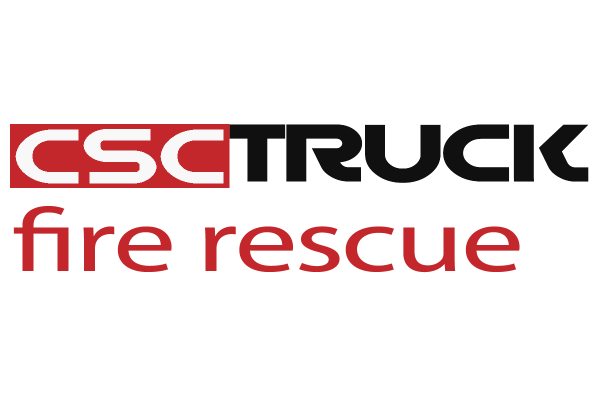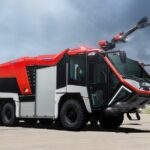Introduction
Aircraft Rescue and Firefighting (ARFF) is a specialized sector of firefighting dedicated to the rapid response, rescue, and mitigation of aviation-related emergencies. ARFF teams operate at airports and airfields worldwide, ensuring the safety of passengers, crew, and airport personnel. Their mission is multifaceted, encompassing fire suppression, emergency medical response, hazardous materials (HAZMAT) handling, and disaster preparedness.
This article explores the mission of ARFF, highlighting its core objectives, operational protocols, and the crucial role it plays in aviation safety.
The Core Mission of ARFF
The primary mission of ARFF is to provide immediate and effective emergency response services in case of an aircraft accident or fire. This includes minimizing loss of life, reducing injuries, and limiting property damage. ARFF personnel undergo rigorous training to handle a variety of emergency scenarios, including:
- Aircraft Fire Suppression: Controlling and extinguishing fires resulting from aircraft crashes, fuel spills, or onboard malfunctions.
- Passenger and Crew Rescue: Swiftly evacuating individuals from compromised aircraft, ensuring minimal exposure to fire, smoke, and hazardous conditions.
- Emergency Medical Assistance: Providing first aid, CPR, and trauma care to injured passengers and crew members until further medical help arrives.
- Hazardous Materials Management: Handling and mitigating the risks associated with fuel spills, chemical leaks, and other hazardous substances.
- Prevention and Preparedness: Conducting safety inspections, emergency drills, and training exercises to ensure readiness for aviation-related emergencies.
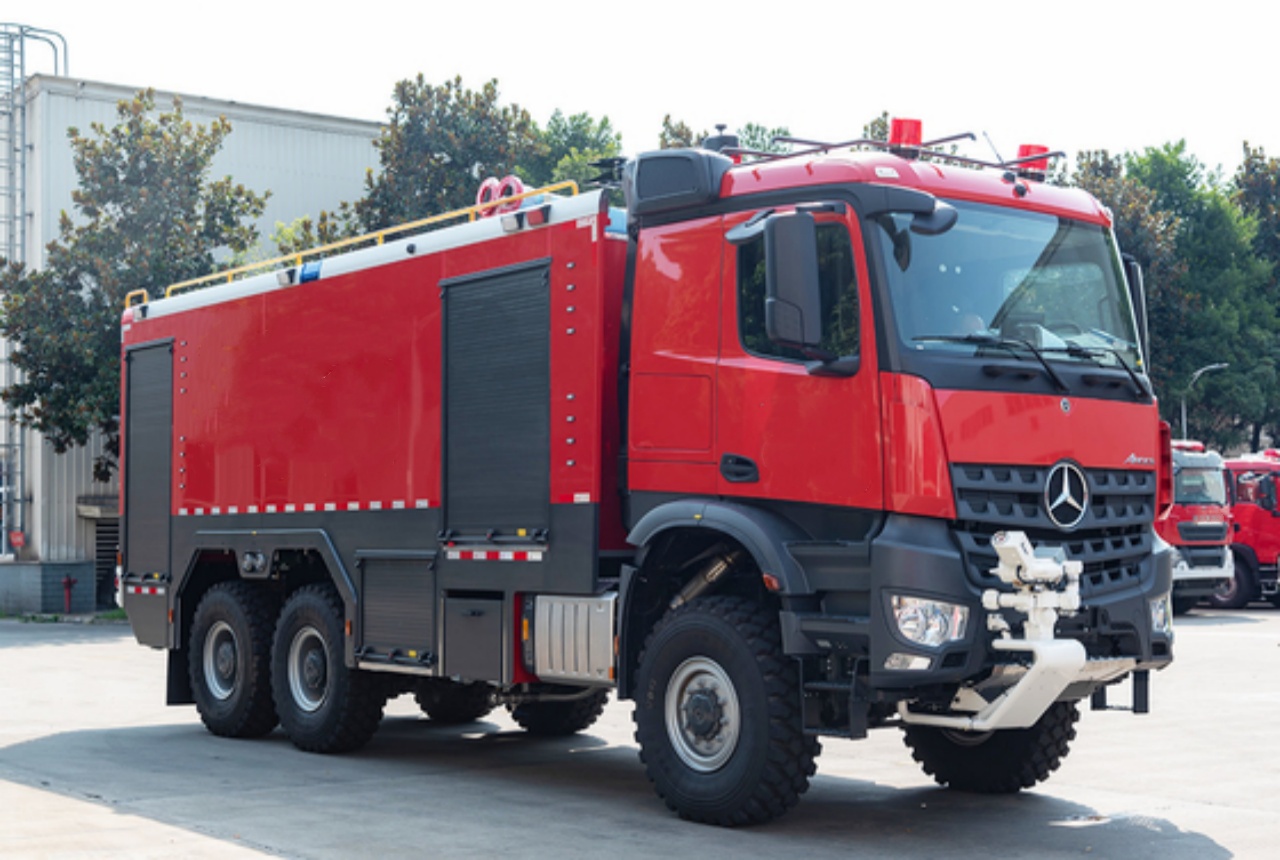
Fire Suppression and Aircraft Rescue
One of the most critical aspects of ARFF’s mission is fire suppression. Aircraft fires can be catastrophic due to the presence of large quantities of jet fuel, which burns at high temperatures and spreads rapidly. ARFF teams use specialized firefighting techniques and equipment to contain and extinguish fires effectively.
Specialized Equipment Used in Fire Suppression
- ARFF Vehicles: These are custom-built firefighting trucks equipped with high-powered water cannons, foam dispensers, and dry chemical extinguishers.
- Aqueous Film-Forming Foam (AFFF): A firefighting agent used to smother flames and prevent reignition.
- Rescue Tools: Hydraulic cutters, spreaders, and saws to extricate trapped passengers and crew.
- Personal Protective Equipment (PPE): Fire-resistant suits, helmets, gloves, and self-contained breathing apparatus (SCBA) to protect firefighters from extreme heat and smoke inhalation.
Rapid Response and Emergency Medical Care
Speed is a crucial factor in ARFF operations. The Federal Aviation Administration (FAA) and the International Civil Aviation Organization (ICAO) have stringent regulations that mandate response times for ARFF teams. Typically, responders must reach the scene of an accident within three minutes or less to maximize survival rates.
ARFF personnel are also trained as emergency medical technicians (EMTs) or paramedics, enabling them to provide immediate medical care. They assess injuries, perform life-saving procedures, and stabilize patients before they are transported to hospitals.
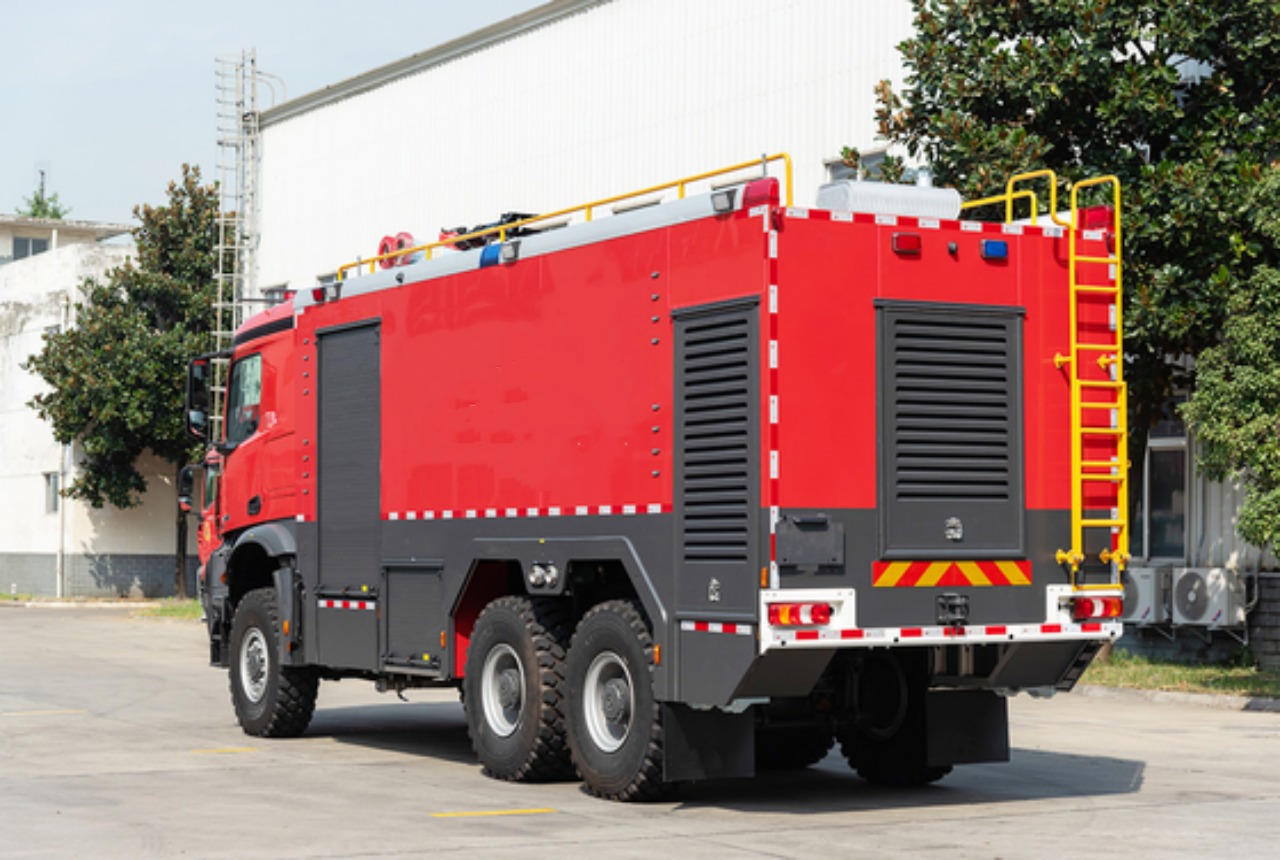
Hazardous Materials (HAZMAT) Handling
Aircraft incidents often involve hazardous materials, including jet fuel, hydraulic fluids, lithium-ion batteries, and toxic chemicals. ARFF teams must be proficient in handling such materials to prevent environmental contamination and health hazards.
Key responsibilities in HAZMAT management include:
- Identifying and containing hazardous substances.
- Utilizing absorbent materials and specialized containment equipment.
- Coordinating with environmental agencies for safe disposal.
Disaster Preparedness and Training
A significant part of ARFF’s mission involves proactive training and disaster preparedness. Airports conduct regular emergency drills simulating aircraft crashes, fuel fires, and mass casualty incidents. These drills ensure that ARFF teams remain proficient in emergency response techniques.
Additionally, ARFF personnel undergo continuous education in aviation firefighting tactics, aircraft construction, and evolving safety protocols. They also collaborate with airport authorities, law enforcement, and medical teams to coordinate seamless emergency response efforts.
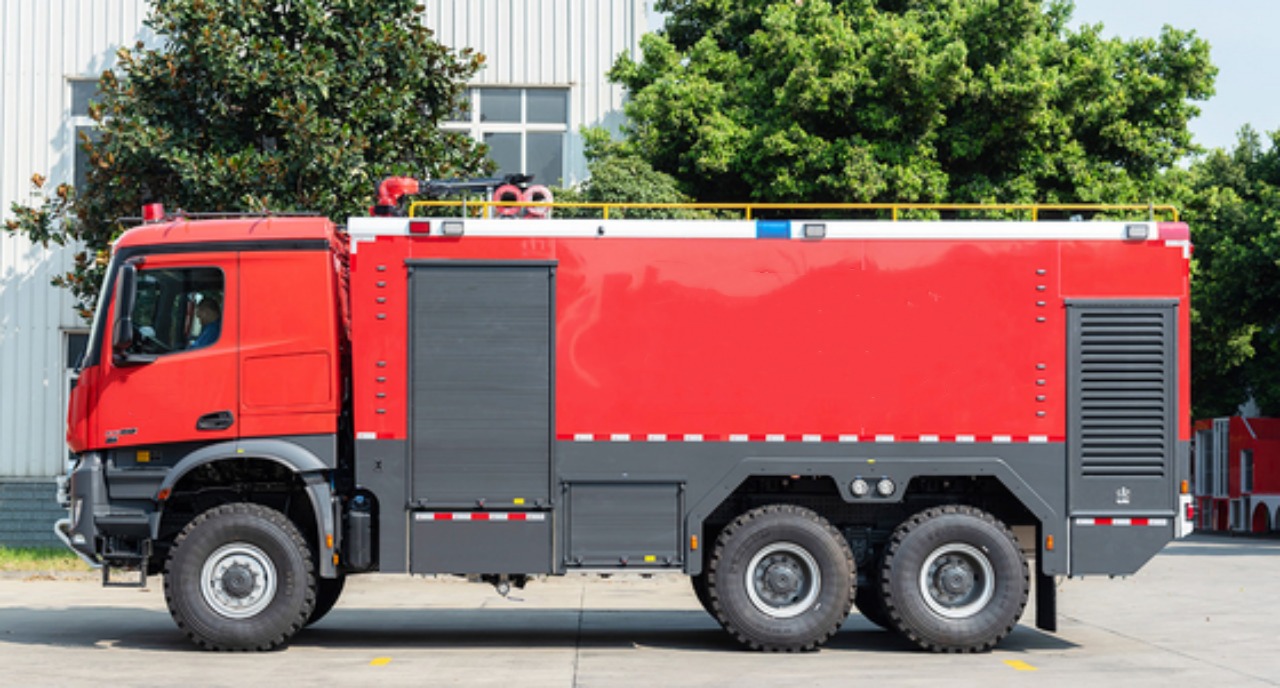
Regulatory Standards and Compliance
ARFF operations are governed by strict regulatory frameworks set forth by national and international aviation authorities. Key governing bodies include:
- Federal Aviation Administration (FAA): Establishes ARFF requirements for airports in the United States.
- International Civil Aviation Organization (ICAO): Sets global standards for airport firefighting services.
- National Fire Protection Association (NFPA): Provides guidelines on firefighter training, equipment, and response protocols.
Conclusion
The mission of Aircraft Rescue and Firefighting (ARFF) is vital to aviation safety. By providing rapid emergency response, fire suppression, medical aid, and HAZMAT management, ARFF teams play a crucial role in minimizing casualties and property damage during aviation-related emergencies. Their unwavering commitment to preparedness and continuous training ensures that they are always ready to respond effectively to any crisis, safeguarding the lives of passengers and airport personnel alike.
